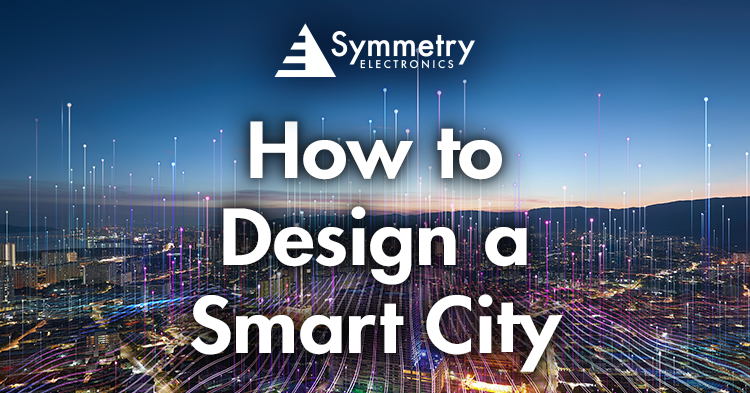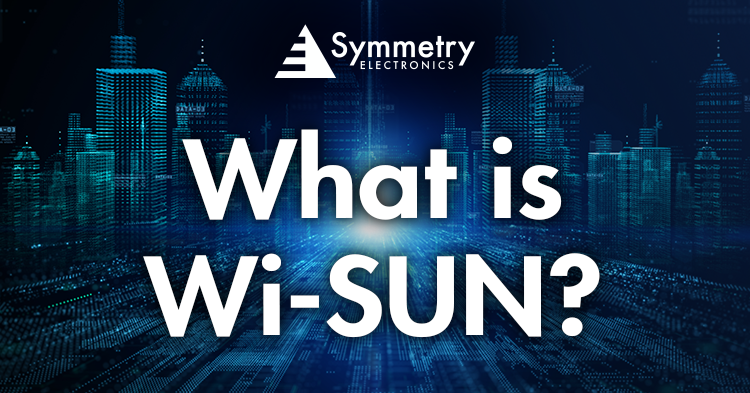- Home
- Symmetry Blog
- How to Design a Smart City
How to Design a Smart City
About Jari Haiston

IoT sensors, devices, and systems work together congruently to create a smart city. Tech Target defines a smart city as “a municipality that uses information and communication technologies (ICT) to increase operational efficiency, share information with the public and improve both the quality of government services and citizen welfare.” In layman’s terms, a smart city incorporates IoT solutions to enable intelligent and sustainable interconnection between the physical, institutional, social, and economic infrastructures in a city.
What Are the Features of a Smart City?
Smart city design relies on the combination of IoT devices, software solutions, communication networks, and user interfaces (UI) to lay the foundation of an intelligent infrastructure. Four interconnected components are required to define responsive, connected, sustainable, and successful smart cities. The four main features of smart cities include:
Enhanced Analytics
The inclusive dynamics of IoT sensors and devices enable comprehensive data collection that can be analyzed to increase actionable insights that help answer big questions like how emergency vehicles can optimize their routes or how pedestrian injuries can be mitigated. Data collected from smart devices throughout homes in a community enable increased efficiency in smart grid technologies.
Smart Transportation Solutions
Smart transportation systems and smart city traffic management provide an organized, integrated approach to reducing congestion and improve safety on city streets through the use of sensors, automation, advanced communication technologies, and high-speed networks.
Intelligent Healthcare
The sustainable nature of smart cities plays is driven by the necessity for healthier communities. The availability of IoT solutions in a community’s centralized healthcare provides the opportunity for balanced healthcare in a city. Smart healthcare technology allows wellness challenges in disadvantaged communities to be addressed and mitigated.
Urban Environment Resilience
Smart technology like air quality monitoring can detect pollution and other harmful particles in the atmosphere, but IoT sensor technology can also enable urban environment resilience. For example, smart city infrastructure allows for enhanced prevention from natural disasters. Additionally, in the event of a natural disaster, a smart city’s emergency response systems provide streamlined services to victims and those in need.
The four main components of a smart city work together to create an improved quality of life for its citizens. A city is not fully intelligent without these features but can have additional aspects of smart technology like:
- Cloud Computing
- Edge Computing
- Artificial Intelligence (AI)
- Machine Learning (ML)
- Application Programming Interfaces (APIs)
- Machine to Machine (M2M)
- Mesh Networking
The Future of Smart Cities
The benefits and popularity surrounding smart city solutions suggests that there will be a time when all cities operate intelligently. PR Newswire values the “potential growth difference for the smart city market between 2020 and 2025 is USD 151.99 billion.” 66% of the world’s population will live in urban areas by 2050. Smart cities may be the global technology needed to shape the future of sustainable urban life. Not all cities are intelligent, but they hold the potential to be.
Symmetry Electronics is an expert in IoT and IIoT devices. Our formidable ecosystem through the Exponential Technology Group (XTG) enables engineers to design and develop smart city products that are suitable for outdoor, long-range environments. Contact Symmetry Electronics today for assistance in designing your smart home device!

.jpg)

